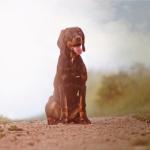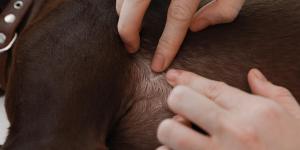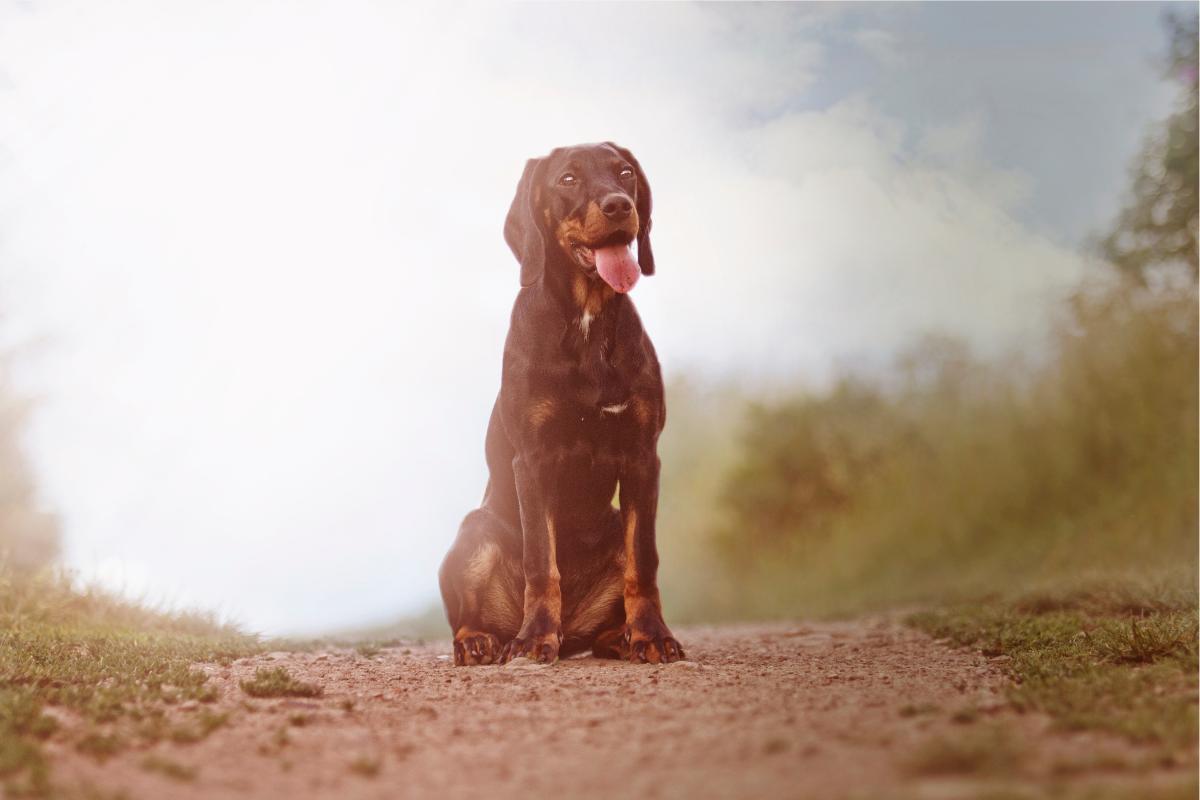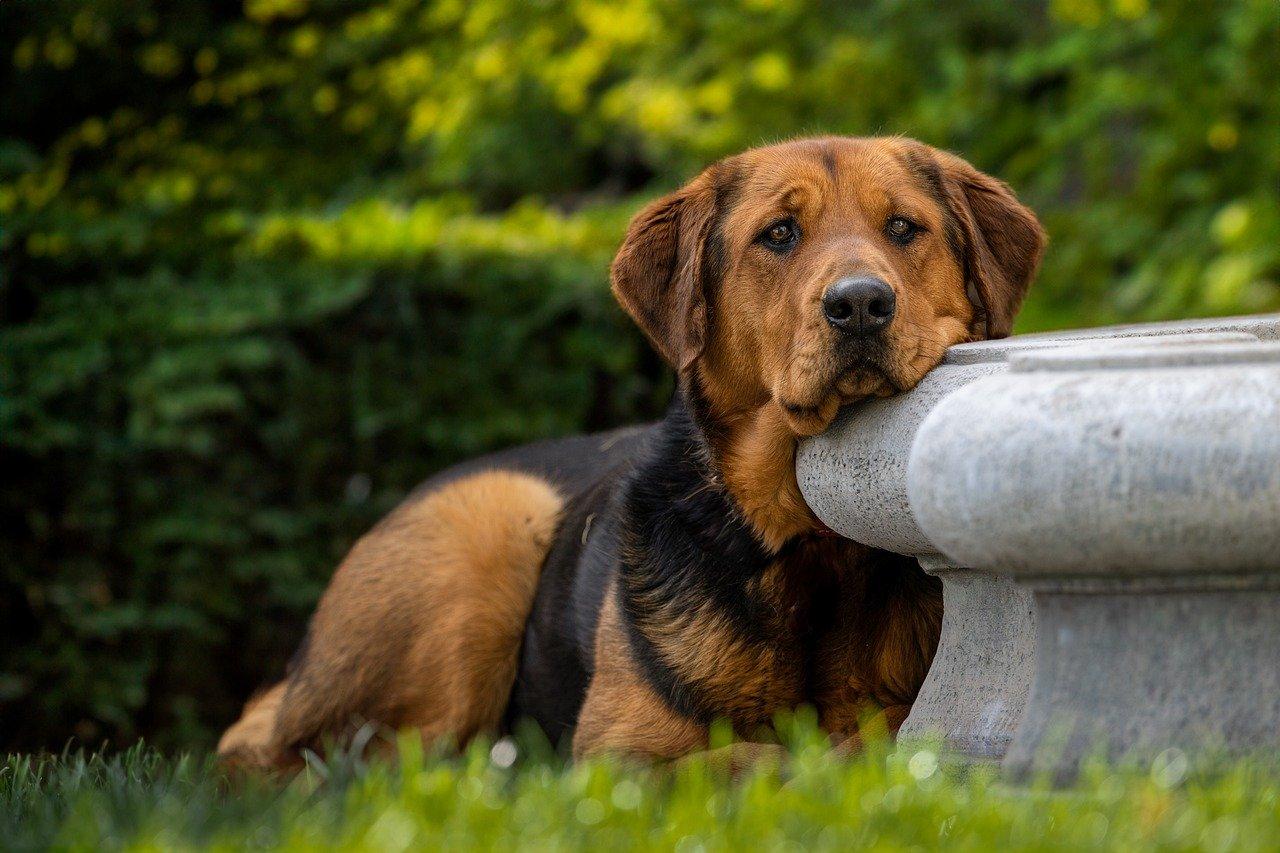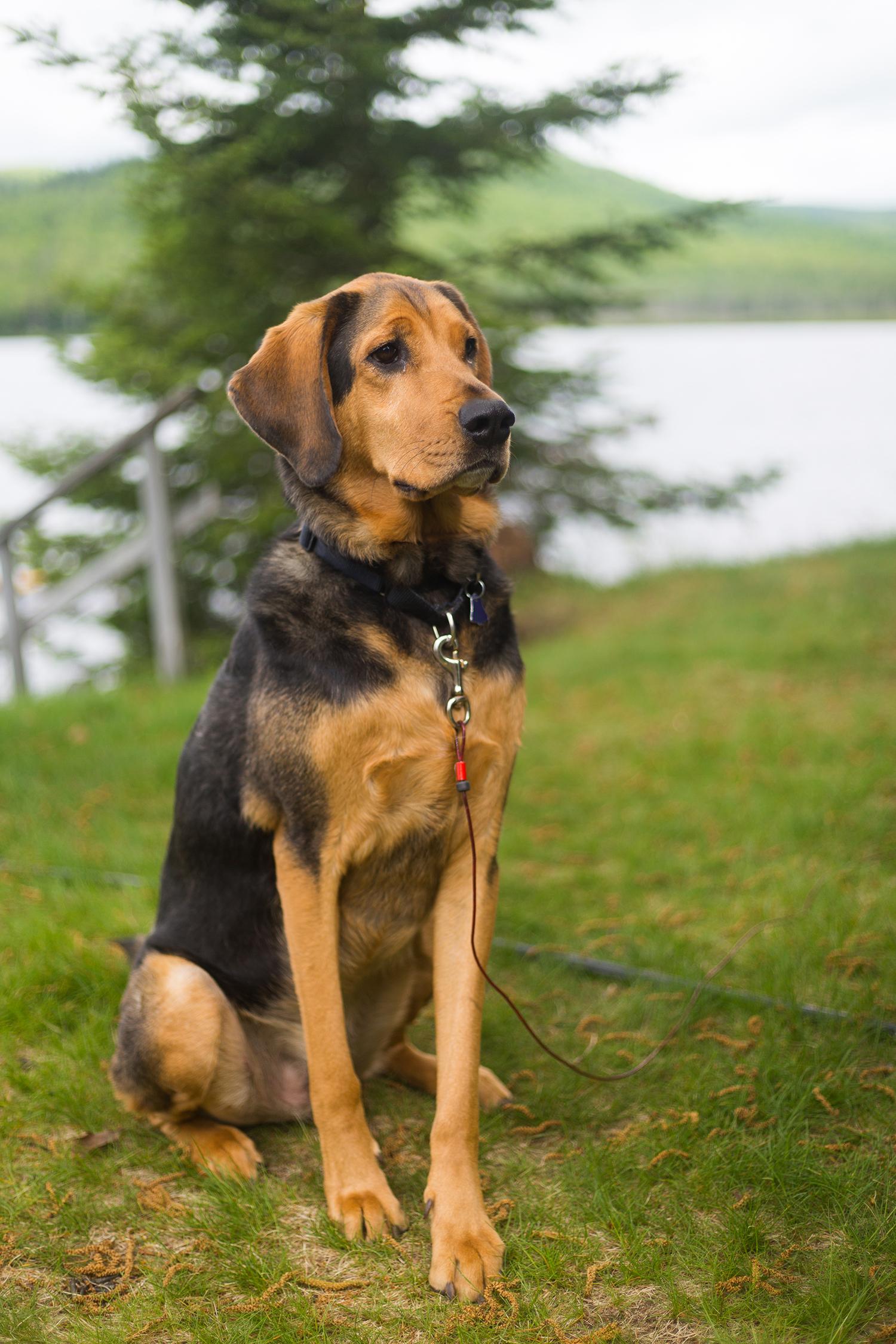Polish Hound

As their name indicates, Polish hounds are an ancient dog breed from Poland. They are also known as Ogar Polski. This is another of the hound dog breeds that were developed in different countries to accompany humans in hunting activities. This does not mean they cannot be excellent companion dogs. If we cover their basic needs on a physical and mental level, we will obtain sociable, faithful and calm canines at home.
In the following AnimalWised breed file, we are going to learn about the characteristics of the Polish Hound. We will review their origins, their most important physical characteristics, the fundamental traits of their character and the care they need to ensure their well-being. We will also explain how we should educate them, what we can expect in terms of their health and whether adopting a Polish Hound is a good idea for our family.
- Europe
- Poland
- Group VI
- 5-14
- 14-18
- 18-22
- 22-27
- 27-31
- More than 31
- 2-7
- 7-22
- 22-55
- 55-100
- 100-220
- 8-10
- 10-12
- 12-14
- 15-20
- Low
- Meidum
- High
- Low
- Intermediate
- High
Origin of the Polish Hound
Polish hounds were developed as hunting dogs, mainly mainly used for hunting rabbits, hares, roe deer, wild boar and ducks. They are considered a very old breed and there are records of their presence dating back to the 11th century. They were dogs that were linked to royalty and it is believed they may have been developed from crosses between the Bloodhound and certain German dog breeds. There has been evidence of its systematic breeding since the 17th century.
As for its name ‘Ogar’, there is controversy about its meaning. For some it means ‘fawn’, in reference to its coat coloration. Others think it means ‘barking’, alluding to these dogs being very vocal during hunting. There is a third option that relates the name to the action of ‘pointing’, which they also performed in hunting activities. In any case, they were very popular dogs and it was not until after the Second World War that they almost stopped being bred in their country of origin. In fact, one version of the breed became extinct during this period.
After the war, the first breeding kennel was established in 1959. In 1964, the first breed standard was described. Currently, they are reserved for wild boar and fox hunting in Poland. The International Canine Federation (FCI) has included them in group VI since 1966, the one intended for hound-type dogs and similar breeds. Specifically, it is found in section 1.1, the one reserved for large hound-type dogs.
Characteristics of the Polish Hound
The Polish Hound is a rustic dog of medium-large size. Its general appearance is heavy, so it is more of a resistant dog than a fast one. Males measure 55-65 cm (22-26") at the withers and females are somewhat smaller, about 55-60 cm (22-24"). As for weight, it should be proportional to height, which is anywhere between 20-32 kg (44-70.5 lb). Its main physical characteristics are the following:
- Head: heavy and has a rectangular profile. The skull and muzzle have the same length. The skull is wide and somewhat arched between the ears. The stop is well defined. The snout is elongated and straight. The nose truffle is large, wide and dark in color. The jaws are strong and the teeth bite like scissors. The eyes are somewhat slanted. They are dark brown. The look is friendly. In some dogs the lower eyelid is somewhat drooping. The ears are pendulous, close to the cheeks and set low. The tips are rounded. The skin of the neck forms folds in the jowl area.
- Body: longer than tall. The cross is well marked. The back is long, wide and well muscled. The rump is slightly rounded. The chest is deep. The belly is not retracted.
- Tail: thick and is set low. Its length exceeds the hock. It is arranged slightly curved. In the lower area it has somewhat longer hair.
- Legs: they have strong bones and are well muscled. The feet are rounded and have firm pads. The nails are thick and dark.
- Coat: different length in different parts of the body. It is shorter and smoother on the head, snout, legs and ears. In the rest of the body it is somewhat longer, thicker and rougher in texture, except for the nape, buttocks and, as we have said, lower area of the tail, where it is longer. It is a breed with a thick and soft undercoat.
Polish Hound coat colors
The color of the coat is dark and tan. The black or dark gray color covers the back of the head, the entire back, flanks and the top of the tail. The tan color, which can range from yellow to mahogany, is in the rest of the body. The ears are always of a darker color. The standard allows white in some areas, such as in a stripe on the head and muzzle or as a spot on the chest. There may also be white on the legs, toes or tip of the tail.
Polish Hound character
Now we have seen the physical characteristics, we move on to the temperament of the Polish Hound. As we have stated, its origins as a hunting dog do not prevent it from being a good dog for company at home, helped by its sociable and balanced nature. In fact, it is a breed that stands out for its loyalty to the family, its docility and its nobility. They can coexist without problems with children. They can be reserved with strangers, but not aggressive. They may also have problems with smaller pets, such as cats if not properly socialized. They usually get along well with other dogs.
They get used to life in the city, as long as their activity and stimulation needs are met. They are very intelligent dogs that require daily physical exercise, as well as intellectual stimulation. If we cover their needs in these aspects, they will be very calm at home. Even so, they will enjoy living more in a house with outdoor space, always with a secure closure since they could escape if they sense a good trail. They have a powerful bark which is deeper in males and higher in females.
Polish Hound care
This breed, in general terms, is easy to maintain. These are the key points to keep in mind:
- Food: it must be of quality, based on proteins of animal origin and adapted to the stage and physical activity of the dog. Depending on the exercise they do, we must adjust the amount and they may need a high-energy feed. All the treats we offer must be deducted from the daily food ration so we can avoid obesity in dogs, especially at advanced ages when the amount of physical activity they perform may decrease.
- Exercise: they are very active and intelligent dogs, so it is important that they receive stimulation both physically and mentally to ensure their well-being. This includes intense daily physical activity, as they have great resistance, and intelligence games and exercises. A good option is to play tag, hiding a person or an object so that the dog can locate them using its sense of smell. They should take several walks a day, but they should also be able to run and move freely.
- Hygiene: the hygiene of Polish Hounds is simple thanks to their short coat, which requires nothing more than occasional brushing to maintain its luster. Bathing should be reserved for when they are really dirty. A relevant point of attention is the ears. As they are hanging ears, they make it difficult to ventilate the ear canal, encouraging the appearance of otitis in dogs. We must check them frequently and clean them with specific products when necessary.
Polish Hound training and education
In general, dogs of this breed can be very good students. But their intelligence also means that they can disobey, which is why it is important that we teach them with patience and firmness. Always, of course, with positive reinforcement which we can encourage with treats or snacks . It must be taken into account that some character traits, such as barking or distrust of strangers. They can be problematic, generating stress and disorders in coexistence if the dog does not receive good education and socialization from the moment they are born or adopted.
By socialization we mean exposing it to all types of stimuli in all possible scenarios. If this is done during the first months of life, the puppy is more likely to accept them positively, which will help to achieve a balanced dog in adulthood. In this other post we explain how to socialize puppies and adult dogs.
Finally, for the dog to be open to learning and interaction, its basic needs must be met, which includes daily physical activity. Otherwise, their frustration will end up manifesting in behavioral problems, such as destruction or excessive barking.
Polish Hound Health
As we have said, the Polish Hound is a strong and resistant dog, which can easily reach 12-14 years of life. No specific diseases associated with the breed are attributed to it, but we must monitor some aspects, especially related to its anatomy and activity level. Thus, as we have explained, it can suffer from otitis more frequently than dogs with erect ears. They are also more exposed to injuries, during their walks or exercise, and to parasites when traveling through countryside areas. After this type of outing, it is advisable to check it for wounds, foreign bodies, ticks or sore areas.
Eating or drinking heavily after intense physical activity on days of high temperatures can lead to stomach torsion-dilation , an extremely serious pathology that requires immediate veterinary assistance. On the other hand, we must not leave aside preventive medicine. According to the veterinarian's advice, an adequate schedule of internal and external deworming , vaccinations and check-ups must be established. Neutering can be done before the first heat.
Where to adopt a Polish Hound?
Polish hounds are not very common outside of Poland which can complicate their adoption. We can look for a specimen in shelters and animal protection associations, especially those dedicated specifically to the rescue of bloodhounds or hunting dogs in general. We may not find a purebred puppy, but it is very possible that we will discover a similar crossbreed. Furthermore, all dogs waiting for a second chance, regardless of their age or breed, deserve a home and it is more important that their characteristics adapt to our lifestyle than the purity of their blood or pedigree.
Polish Hound photos

